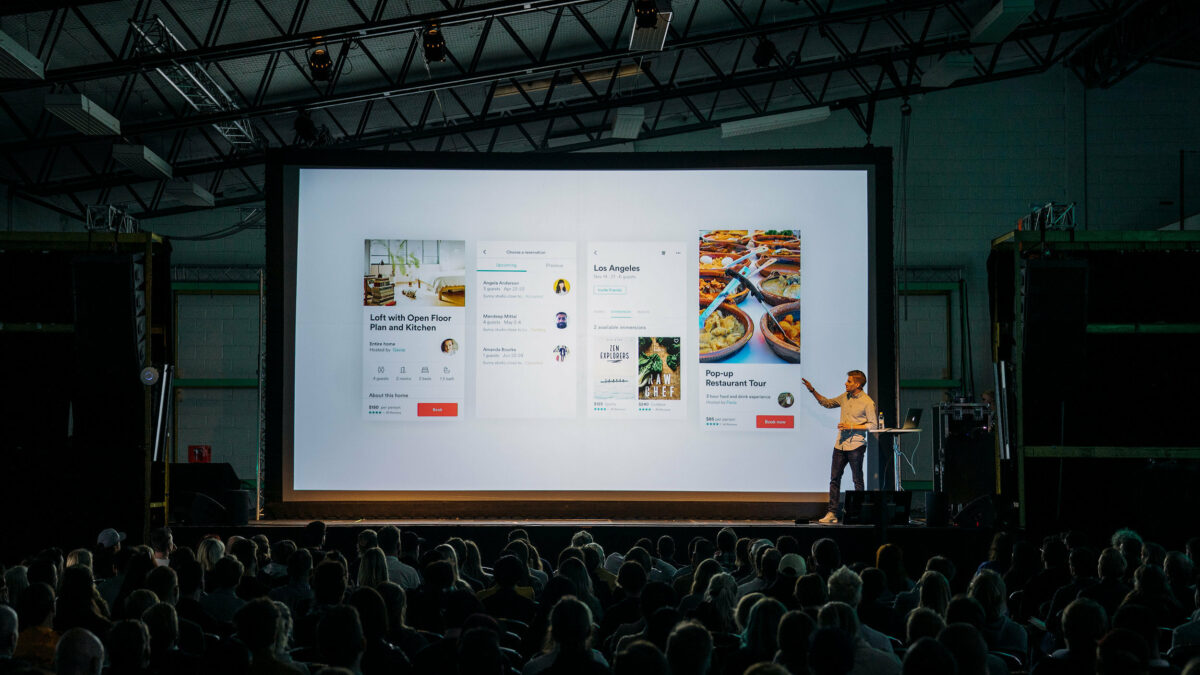

Within a two- to three-year span, Artificial Intelligence (AI) has gone from relative obscurity to an extreme level of industry attention and media coverage. As a result, organizations that barely knew how to spell “Artificial Intelligence” a few years ago are now charging full steam ahead to pursue AI initiatives. A common question that is raised is, “Why is now the time for AI?” After all, there have been bursts of hype around AI multiple times over the last few decades. Is today different? And, if so, why?
There are three fundamental trends that result in now truly being the time for AI. In the past, none of these trends had advanced far enough to make AI widely feasible and cost effective. An upcoming IIA research brief will dive more deeply into the overall marketplace hype around AI, as well as the three trends outlined in this blog.
TREND 1: CHEAP AND ACCESSIBLE COMPUTING POWER
It is important to understand that this trend is not just that the level of computing power available has risen exponentially, but also that the cost of computing power is simultaneously decreasing. As a result, not only is the power of the computing that is available today massively higher than it was in the past, but the cost has come down just as fast. In the past when AI was hyped, the cost structure didn’t work for large-scale adoption and impact.
We have reached a critical point where the availability of computing power - and its cost - are both now in the range that makes AI a completely feasible activity for most businesses. Just a few years ago, even if the computing power was theoretically available, the cost would have made most efforts impractical. At a recent industry trade show, it was suggested that what took months to process just ten years ago was down to just hours five years ago and is now down under one minute! And, that minute of processing is affordable. These facts are perhaps the biggest reason that AI is real today and is growing so broadly in terms of both adoption and usage.
TREND 2: IMPROVED AI ALGORITHMS AND AVAILABILITY
There’s been an immense amount of research and evolution of the underlying algorithms behind AI. A wide variety of different AI algorithm variations are now available that can be utilized for many purposes. These algorithms have not only been continuously updated and enhanced in recent times, but they also are getting packaged up and made available to people to more easily make use of them.
A few years ago, a gentleman I know in Atlanta was exploring deep learning well before it was common. In fact, he is the person who introduced me to deep learning and the potential it held. When he was describing what he had to go through to actually make AI work at the time, it was incredibly painful and highly technical. He stated that at the time there were very few people that could actually make AI work outside of a research or academic environment. Companies in Silicon Valley were paying exorbitant sums of money to anyone who could make the AI algorithms work for a practical problem.
Today, simple cloud-based interfaces are available that enable standard AI tasks, such as image recognition, to be executed with far less effort and technical expertise than in the past. This is a huge enabler. The reason why traditional analytic methods were able to spread was in part the ability for analysts to call procedures that could be trusted to handle the basic math under the hood. The focus could therefore be on finding the right business problems. This is where we finally are with AI today.
TREND 3: DATA AVAILABILITY FOR AI PROCESSES
The type of data that is often used for AI isn’t the type of data that was traditionally captured and made available for analysis by organizations. Data types such as images, text, and video simply weren’t a priority. In the rare historical cases where such data was required, special systems and handling were needed. The idea of doing any sort of analytics against such non-traditional data, AI or otherwise, just wasn’t on the radar. Today, systems can store and analyze a wide array of data from text, to images, to traditional data within a single environment. This has also enabled AI to break through so strongly. In this sense, AI is really building off of the big data trend. Without the changes that big data helped bring about, AI wouldn’t be in a position to be a real factor today either. As organizations greatly expanded the types and depth of data that they captured, the data required for many AI processes came right along with it.
CONCLUSION
In the past AI hype cycles, AI was theoretically real, but not real from a practical perspective. Today’s processing power, data availability, and improved AI algorithms come together to make AI truly possible and feasible today within a business environment. That doesn’t mean that every problem will be solved with AI, regardless of the hype. But it does mean that in cases where AI is the right approach, there are far fewer barriers to success than in the past.